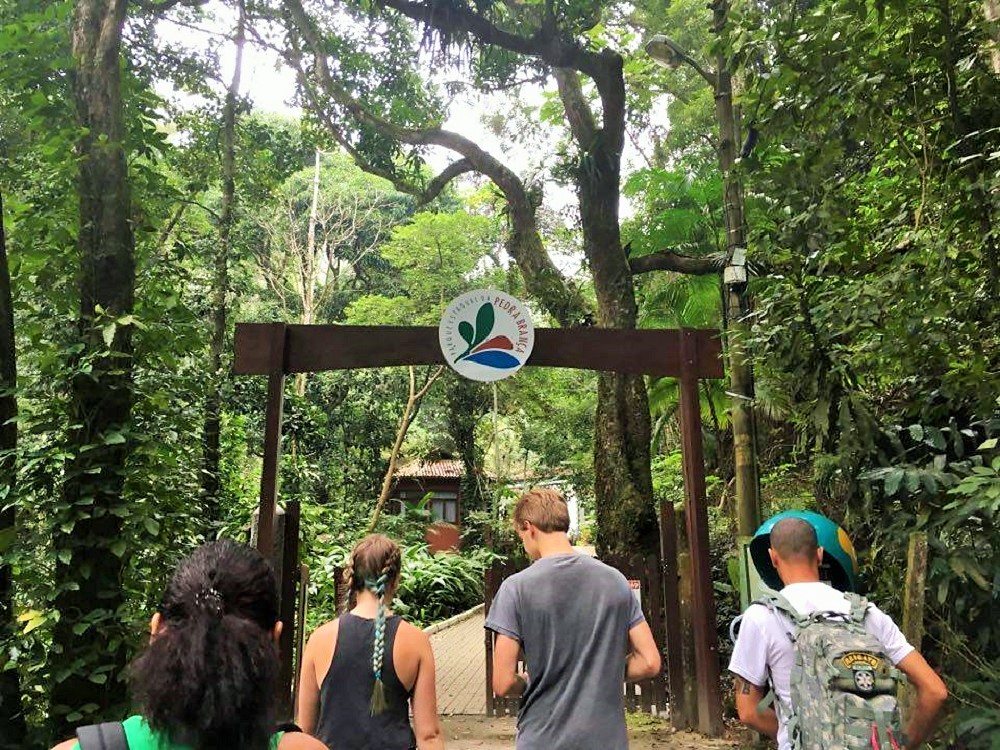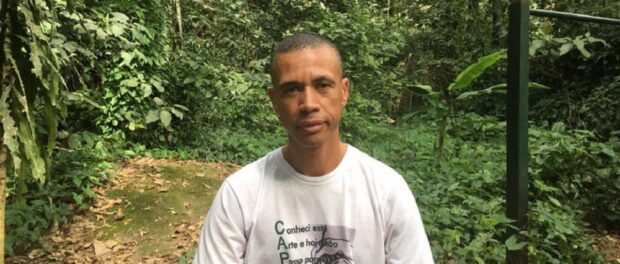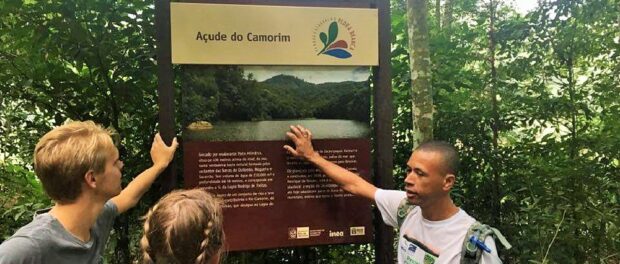
Upon visiting the Quilombo do Camorim, it is evident that the community’s cultural history cannot be separated from the natural environment. Located in the neighborhood of Jacarepaguá in the West Zone of Rio de Janeiro, near the Olympic Park, the Quilombo do Camorim borders the vast Pedra Branca State Park. Visitors to the community pass along a main road lined with a series of recently built condominiums before arriving in the center of the community where the streets become tree-lined and densly forested. As a community originally established by runaway slaves, the cultural history of the quilombo plays a central role in many of the community’s social and environmental initiatives and projects.
Community-based ecotourism is among the quilombo’s many initiatives. The program Guias da Natureza (Nature Guides) includes hikes through the Pedra Branca Forest that incorporate significant historical sites and important natural landmarks. These resident-led trails are an opportunity to learn about the cultural history of the quilombo in addition to experiencing the rich biodiversity of the natural environment. During the hike, guides stop regularly, providing information on the plants and animals along the trail, as well as the history of the early formation of the quilombo.
Adilson Almeida, resident and president of the Camorim Cultural Association (ACUCA), explains how leading hikes through the forest is one way of remembering and sharing the history of the community. As a guide with Guias da Natureza, Adilson leads tourists and visitors on trails recounting the history at various points of interest, including a bouldered area that served as a hideout for runaway slaves, remnants of an early house, a waterfall, and the Açude do Camorim dam. Historically, many parts of the Pedra Branca Forest were reforested by former slaves. The practice of caring for the forest continues today, as Adilson affirms that “we the old quilombo residents are the ones who take care of the natural environment here.”
The Guias da Natureza project works to train youth in the quilombo to be tour guides with 40 young residents trained to lead hikes. The group has trained an additional 30 people from neighboring areas such as Taquara, Vargem Grande, Praça Seca, and Curicica.
Usually two or three trained guides will accompany a group on the trails. On days where there are multiple groups hiking the trail at the same time, Adilson ensures at least half an hour between groups because “it is an issue of soil impact. We work a lot with cultural and environmental conservation”.
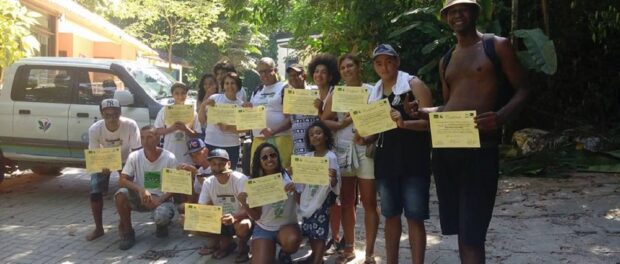
Adilson explains the difference between the community’s ecotourism project and some other tour agencies: “We work in accordance with what nature offers, always respecting that. We have a pleasant and unhurried walk that is different from tour agencies. They arrive, gather the tourists, take them into the environment and go straight to the attraction. They have a walk without the history or content. It’s the opposite for us, we have a pleasant walk where we receive tourists and they leave here with a basic understanding of the history of the discovery of Brazil, a history of the quilombos, and a rich history of the environment.”
“Tourists leave here with a basic understanding of the history of the discovery of Brazil, a history of the quilombos, and a rich history of the environment.”
The community also offers overnight stays that allow tourists to experience some of the quilombo’s cultural activities such as capoeira and jongo, and enjoy a homemade feijoada. In addition to ecotourism, the Quilombo do Camorim has an organic garden and plans to create an environmental museum by repurposing the abandoned framework of an old house built by a German who lived in the community after fleeing World War I. The house was built in the Pedra Branca Forest before restrictions limited construction within the park territory. The abandoned structure has the potential to be repurposed as a museum of native seeds, plants, and taxidermied animals so visitors can learn more about the local natural environment and biodiversity.
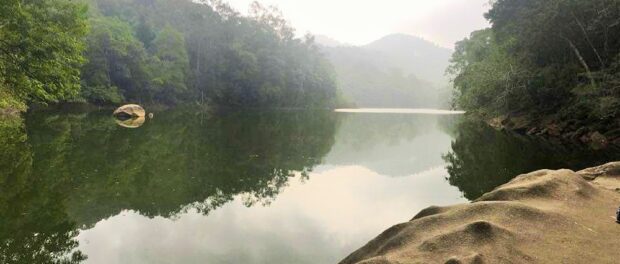
“Nature gives me strength, it gives me peace, it gives me nourishment,” affirms Adilson.
The value of respecting and celebrating community knowledge, history, and the local environment is evident from the pride with which Adilson speaks about the quilombo and its forested location. For the Quilombo do Camorim, ecotourism is rooted in the narratives and history of the community, serving as a platform for cultural and environmental conservation.
To arrange a tour with Guias da Natureza, call Adilson Almeida on +55 21 98320 2634 or enter in contact via the ACUCA Facebook page or website.

